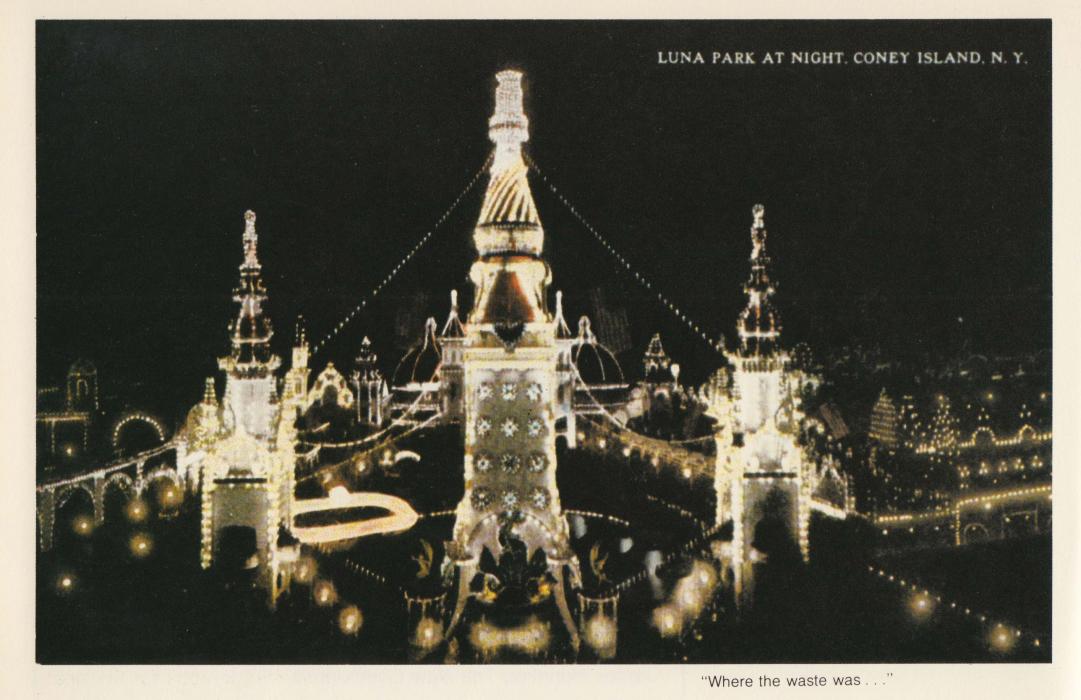Josey
- Cologne
Peter Cain, Alan Michael, John Miller, Kayode Ojo, Gili Tal
Image of the City
10/04/25 - 29/05/25- Archive:
Robert Glück
Ghosts and Universes: Lingams, Rattles, and Genies
18/02/23 - 23/04/23Mathis Gasser and Angharad Williams
Hergest: Dinas
01/02/20 - 07/03/20Taslima Ahmed
A Virtual Dislocated Experience in Los Angeles
02/11/19 - 08/12/19Simon Davenport and Cerith Wyn Evans
Helen Keller Holding a Magnolia
01/06/19 - 21/07/19Elke Denda
Folded fields / Gefaltete Felder
Print Edition
Josey, 2023Art Cologne
Elke Denda
Halle 11.2
Stand N007
16/11/23 - 19/11/23Art Cologne
Terry Atkinson
Halle 11.2
Stand N007
07/11/24 - 10/11/24



